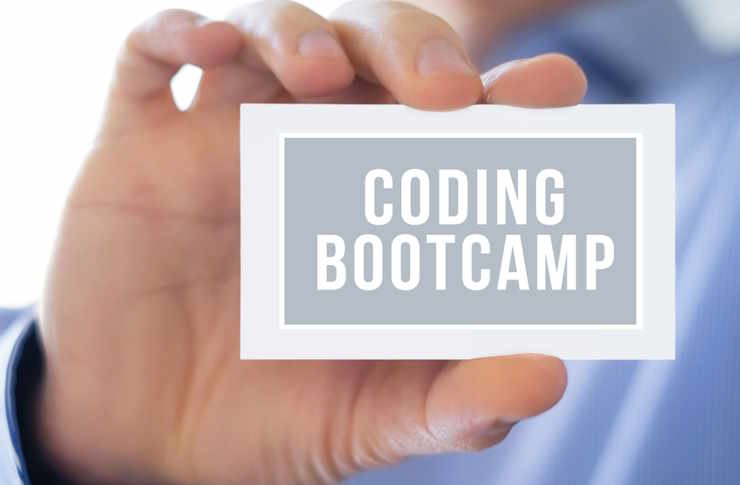Preparing for technical interviews: practical exercises and portfolios
Technical interviews reward focused preparation that balances hands-on practice with demonstrable work. This article outlines pragmatic exercises, portfolio development tips, and learning pathways—such as reskilling, upskilling, certifications, and mentorship—that help candidates present concrete skills and problem-solving evidence to interviewers.

Preparing for technical interviews requires a mix of consistent practice, demonstrable projects, and strategic learning. Candidates who combine algorithm and system design drills with a curated portfolio and targeted learning pathways—like reskilling or upskilling—present stronger evidence of competence. This article breaks down practical exercises, portfolio best practices, and complementary approaches such as mentorship and microcredentials to help you structure efficient preparation without relying on vague promises.
Reskilling: what practical moves help most?
Reskilling means learning a new domain or stack from the ground up. For interview prep, focus on core fundamentals first: data structures, algorithms, and the dominant design patterns in the target field. Practical exercises include timed coding challenges, pair-programming sessions, and small end-to-end projects that reflect the role you want. Use guided curricula—online courses, bootcamps, or structured study plans—to sequence topics. Track progress with a simple skill map: topics learned, projects built, and interview-style problems solved. This helps during interviews when you need to explain how you shifted skills and why you’re prepared for the new role.
Upskilling: how to level current capabilities
Upskilling is about deepening or extending existing skills. For technical interviews, emphasize advanced topics that frequently appear: performance optimization, concurrency, API design, and testing strategies. Practical exercises include refactoring older code, adding comprehensive test coverage, and building small performance benchmarks. Engage in code reviews with peers or mentors to simulate real-world feedback. Document outcomes in your portfolio by including before/after snapshots, rationale for improvements, and measurable results. Showing a clear trajectory of growth signals to interviewers that you can handle increasing responsibility.
Portfolio: what to include and how to present it
A technical portfolio should highlight a few well-documented projects rather than an exhaustive list. Include one or two full-stack or system-design examples, a couple of focused algorithmic or tooling projects, and links to code repositories or live demos. For each project, add a concise summary: problem statement, your role, key technical decisions, challenges faced, and outcomes. Use clear README files and visuals (architecture diagrams, screenshots). Where possible, include test results, CI badges, or short walkthrough videos. Portfolios should be easy to scan during interviews so you can quickly reference concrete examples when asked behavioral or technical questions.
Mentorship: how it supports interview readiness
Mentorship accelerates learning by providing tailored feedback, accountability, and interview simulations. A mentor can review your portfolio, suggest targeted practice problems, and run mock interviews that mimic company-specific formats. Seek mentors through alumni networks, professional communities, or structured programs in bootcamps and microcredential courses. Regular mock interviews with feedback cycles reduce anxiety and reveal blind spots in communication, system thinking, or coding style. Mentorship complements self-study by turning abstract advice into concrete, actionable steps that you can demonstrate in real interviews.
Certifications and microcredentials: how to use them effectively
Certifications and microcredentials can validate skills when paired with practical work. Choose credentials that are recognized in your field and accompany them with projects that apply learned concepts. For example, after completing a cloud or data engineering microcredential, include a deployment or ETL project in your portfolio that shows real implementation. During interviews, treat certificates as conversation starters rather than proof of mastery: explain what you built, what you learned, and how you applied that knowledge. Avoid relying solely on certificates; interviewers are more persuaded by demonstrable results and clear technical thinking.
Networking: how to find practice opportunities and feedback
Networking connects you to mock-interview partners, referral opportunities, and communities that share problem sets and feedback. Participate in coding meetups, open-source collaboratives, and technical discussion forums to practice whiteboarding and system design conversations. Freelancing or contributing to small projects offers real-world constraints and client communication experience that interviewers value. When networking, focus on mutual value: offer code reviews, help debug issues, or contribute documentation—these interactions both build reputation and provide material you can reference during interviews.
Conclusion A balanced approach to technical interview preparation combines deliberate practice exercises, a concise and evidence-rich portfolio, and supportive learning pathways such as mentorship, certifications, reskilling, or upskilling. Prioritize quality over quantity: a few well-executed projects, clear explanations of your role and decisions, and repeated mock interviews will communicate competence more effectively than broad but shallow preparation. Track progress with a skill map, iterate on feedback, and present concrete outcomes during interviews to make your readiness clear to evaluators.





